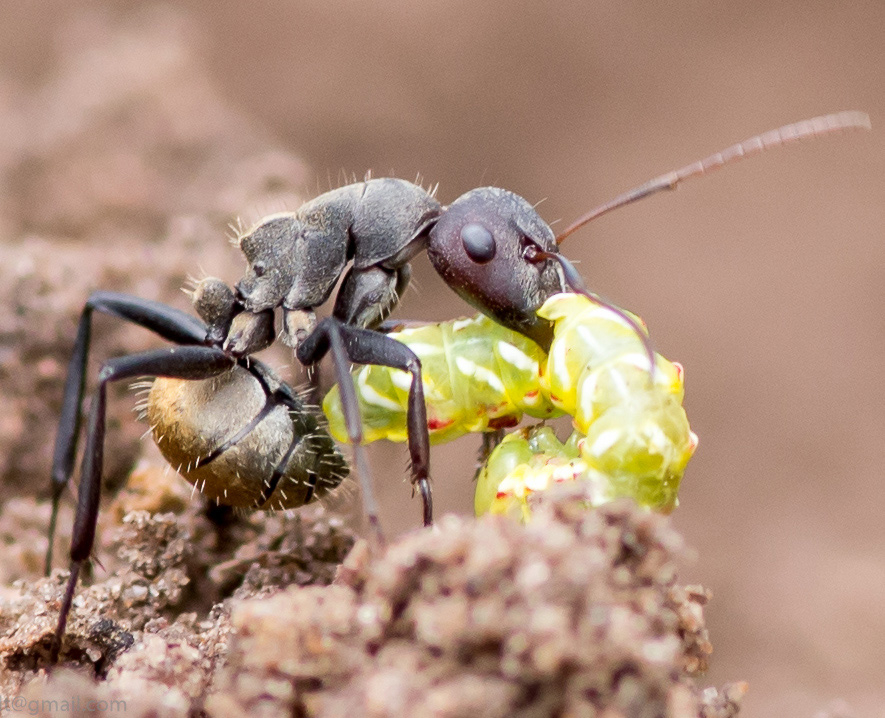EDN #152 Now Available
已出版
2021-07-06
In this issue:
- Insect Pest Management: Options for Controlling Pest Populations
- From ECHO's Seed Bank: Everglades (Wild) Tomato
- Echoes from our Network: Acacia angustissima Farming Improvement Experience
- Books, Websites, and Other Resources: Soy Kit as an Appropriate Technology for Women Entrepreneurs - A Review
Insect Pest Management: Options for Controlling Pest Populations
Stacy Swartz
Excerpt:
Mechanical interventions for pest control are generally categorized as passive or active. Passive options include films, dusts, oils, soaps, and traps. Films such as kaolin clay can deter insects from landing on plants and/or deter feeding behaviors, but such films need to be reapplied as the plant generates new growth. Dusts such as diatomaceous earth can be placed around the base of plants to keep crawling pests from accessing the plant. Dusts can also be placed on the leaves as a feeding deterrent. Oils and soaps that kill pests are physical controls because their effect is short-term, and they act physically on the pest by smothering them or breaking down sensitive exterior tissues. Oils and soaps must contact pests and are most effective against soft-bellied insects such as aphids, mealybugs, whiteflies, spider mites, and scales. Repeated application is often required to control a population because oils and soaps are most effective at controlling young individuals.